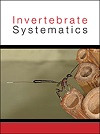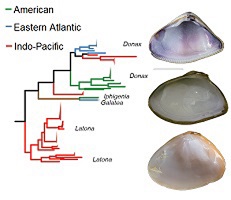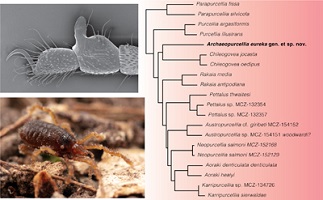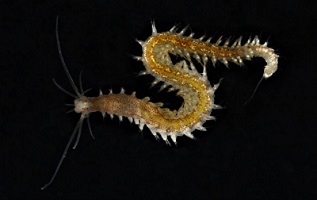IS22008Multigene phylogeny of reef lobsters of the family Enoplometopidae (Decapoda: Crustacea)
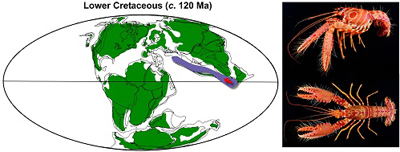
Multigene molecular phylogenetic analysis on almost all the species in Enoplometopidae has successfully reconstructed a robust evolutionary tree for these attractive reef lobsters. The family should be subdivided into two genera. Reef lobsters originated in the Tethy Sea during the Cretaceous, and speciation mainly occurred in the Central Indo-Pacific, with active re-occupation occurring in shallow-water habitats and invasion of temperate regions.


